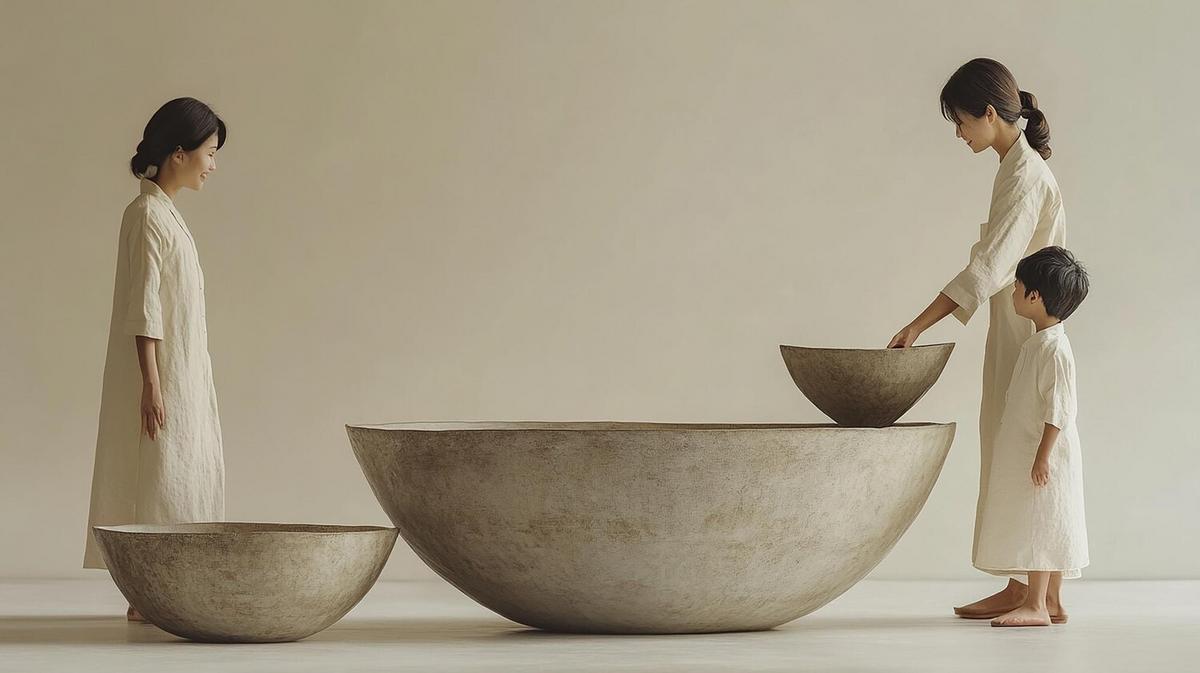
Understanding the Benefits of Ancient Wellness Practices
As we navigate the complexities of modern living, many individuals are turning to ancient wellness practices to find balance and improve their overall health. These time-tested approaches offer a holistic way of nurturing both body and mind, providing a refreshing contrast to conventional methods.
The Rich History of Ancient Wellness Practices
Ancient wellness practices have been around for centuries, with roots in various cultures around the world. These practices include Ayurveda from India, Traditional Chinese Medicine (TCM), and Native American healing rituals. Each offers unique insights into achieving harmony within the body and with the environment.
Ayurveda: The Science of Life
Ayurveda, often referred to as the ‘Science of Life,’ focuses on balancing the body’s energies, known as doshas. According to Dr. Deepak Chopra, a renowned advocate of Ayurvedic medicine, “Ayurveda teaches us to cherish our innate nature.” This holistic approach to health emphasizes diet, herbal treatments, and yogic breathing exercises.
Traditional Chinese Medicine
Traditional Chinese Medicine is another ancient practice that harnesses the power of natural elements to promote health. TCM techniques like acupuncture and herbal medicine aim to balance the body’s energy, or qi. Research from the World Health Organization suggests that acupuncture can effectively treat a variety of ailments, from chronic pain to stress-related disorders.
Native American Healing Rituals
Native American healing practices often involve the use of herbs, meditation, and ceremonies like sweat lodges to cleanse and rejuvenate the spirit. These rituals highlight the importance of connecting with nature and understanding the body’s innate healing capabilities.
Benefits of Ancient Wellness Practices
| Practice | Benefits |
|---|---|
| Ayurveda | Improves digestion, reduces stress, enhances vitality |
| Traditional Chinese Medicine | Balances energy, alleviates pain, boosts immune function |
| Native American Healing | Promotes mental clarity, emotional healing, spiritual growth |
| Yoga | Increases flexibility, improves respiratory health, reduces anxiety |
| Meditation | Enhances focus, reduces stress, improves emotional well-being |
| Herbal Remedies | Supports immune health, aids digestion, promotes relaxation |
| Acupuncture | Relieves pain, enhances mood, supports overall wellness |
| Massage Therapy | Reduces muscle tension, improves circulation, promotes relaxation |
Incorporating Ancient Practices into Modern Life
Integrating ancient wellness practices into your routine can be simple and rewarding. Start by identifying areas of your life where you seek improvement, such as stress management or physical health. Consider trying yoga or meditation classes available online or in your community. Herbal teas and supplements are also a gentle introduction to these practices.
Consult with a trained practitioner before starting any new wellness regimen to ensure it’s suitable for your individual health needs.
Conclusion
Ancient wellness practices provide valuable tools for enhancing holistic health in today’s world. By embracing these age-old techniques, you can cultivate a more balanced and fulfilling lifestyle. Explore these practices further to discover which resonates most with your personal health journey.
Frequently Asked Questions
What is the main focus of Ayurveda?
Ayurveda focuses on balancing the body’s energies, known as doshas, for optimal health and wellness.
How does Traditional Chinese Medicine differ from Western medicine?
TCM focuses on restoring balance and harmony within the body using natural methods, while Western medicine often targets specific symptoms with medication.
Can I practice these wellness techniques at home?
Yes, many ancient wellness practices, such as meditation and yoga, can be practiced at home with guidance from online resources or instructors.


